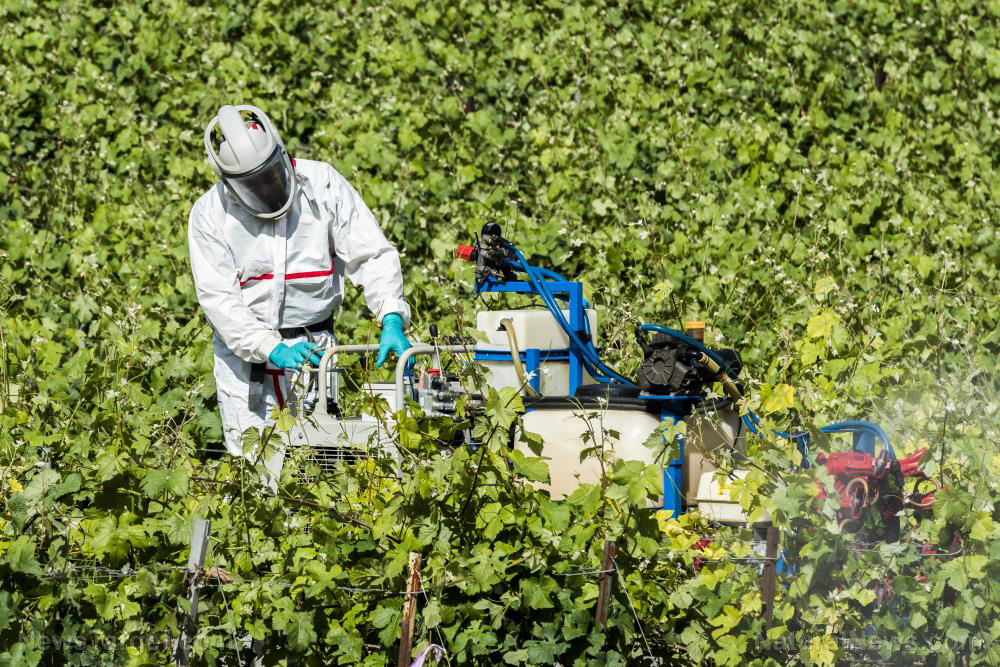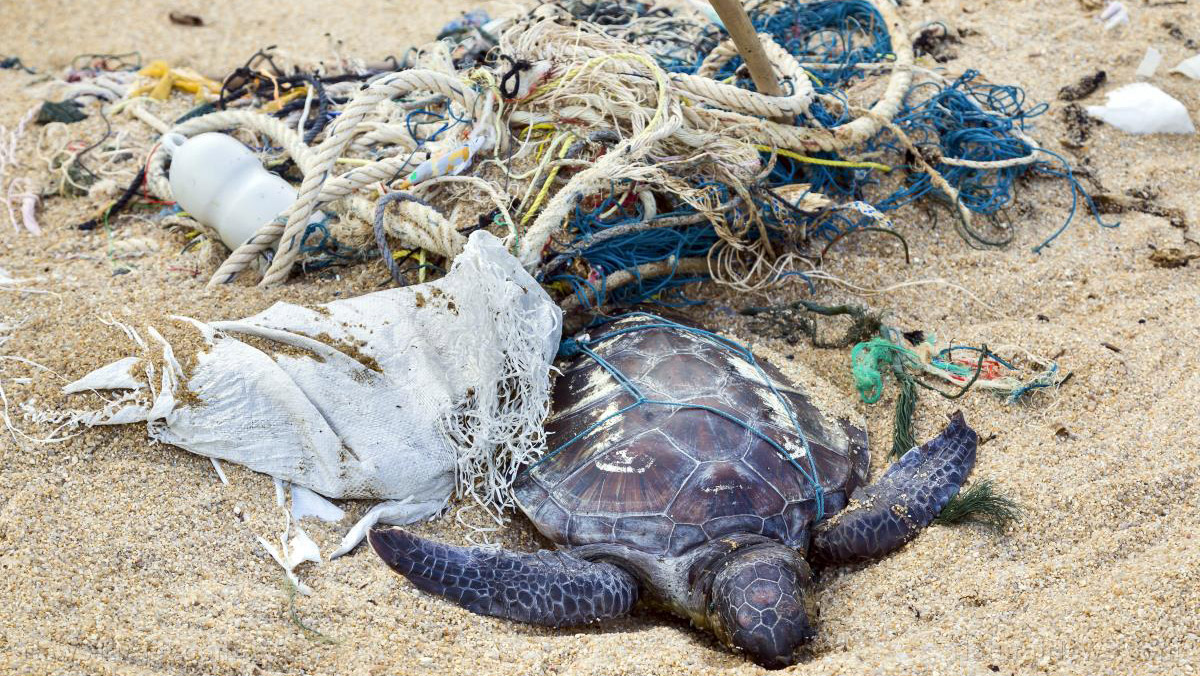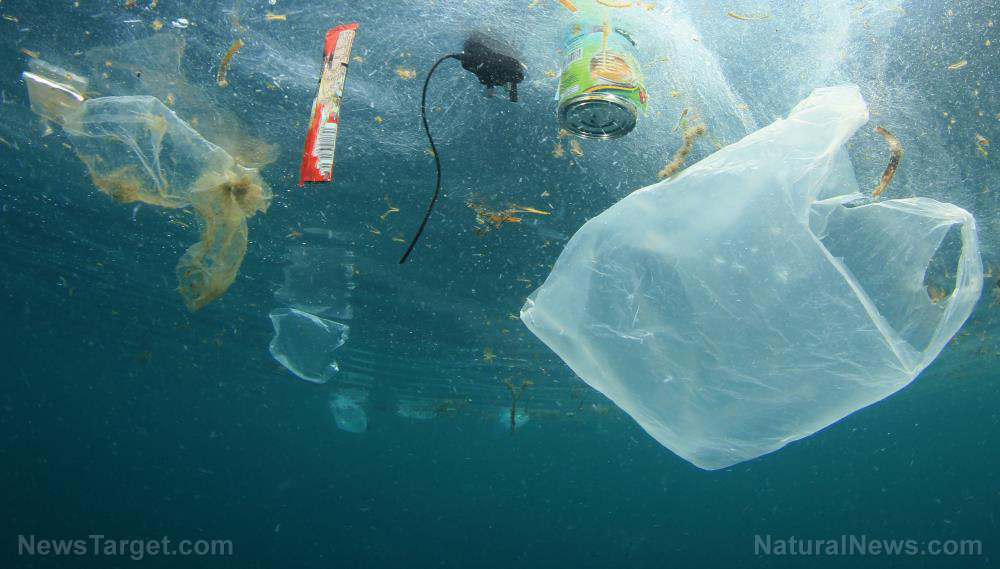Shocking study reveals EPA ignored scientific proof that Monsanto’s glyphosate may cause CANCER
04/07/2019 / By Lance D Johnson

How can two of the world’s most authoritative research bodies come up with two entirely different conclusions about the toxicity of the most commonly used herbicide? A shocking new analysis from the peer-reviewed science journal Environmental Sciences Europe reveals that the U.S. Environmental Protection Agency (EPA) confuted and contorted evidence on glyphosate toxicity, ignoring scientific proof that Monsanto’s herbicide causes oxidative stress, DNA damage, and cancer.
On the other hand, the International Agency for Research on Cancer (IARC), did review independent studies that link glyphosate to cancer in humans. Both agencies took different approaches when determining glyphosate risk to humans. The EPA relied on research conducted by the agrochemical industry, namely Monsanto, to determine that glyphosate is not carcinogenic. IARC did not solely rely on studies that were engineered to get glyphosate approved. IARC examined independent Canadian, Swedish, and U.S. studies on human health effects, which included assays on genotoxicity. After reviewing 118 different assays, IARC scientists concluded that glyphosate may cause genotoxicity, leading to mutations in DNA and cancer. As such, the scientists classified glyphosate as “probably carcinogenic to humans.” The agrochemical industry lashed out against the IARC’s 2015 findings.
“IARC’s evaluation relied heavily on studies capable of shedding light on the distribution of real-world exposures and genotoxicity risk in exposed human populations, while EPA’s evaluation placed little or no weight on such evidence,” wrote Charles Benbrook, Ph.D., the author of the new study. After IARC’s 2015 conclusions, another 26 out of 27 published studies have confirmed that glyphosate is genotoxic. (Related: Latest FDA Pesticide Monitoring Report reveals that nearly 50 percent of food samples contain “pesticide residues.”)
EPA ignores mountains of research proving glyphosate’s geno-toxicity
The EPA contends that glyphosate is “not likely carcinogenic” because they largely relied on Monsanto’s own research, did not investigate genotoxicity, and only reviewed less than half the studies that the IARC scientists evaluated. The EPA’s analysis was based on just 51 of the 118 assays that IARC scientists analyzed. On top of that, IARC went on to evaluate another 81 genotoxic assays, of which, 62 pointed to glyphosate’s carcinogenicity. Furthermore, IARC scientists honed in on three definitive glyphosate-based herbicide studies in exposed human populations, but the EPA did not take these studies seriously at all.
The EPA didn’t find a connection between glyphosate and cancer because they cherry-picked registrant-commissioned, unpublished regulatory studies that all (99%) echoed the same results. The EPA’s evaluation only looked at the risk of assumed legal glyphosate exposures but did not assess real-life occupational exposures and risks from glyphosate.
Scientists for IARC showed no bias in their evaluation and relied mostly on peer-reviewed studies. Of the studies, 70 percent, or 83 of them, revealed glyphosate’s toxicity. IARC did not settle for vague studies on technical glyphosate. IARC looked at all evidence on formulated glyphosate-based herbicides and studies on aminomethylphosphonic acid (AMPA), glyphosate’s primary metabolite. By investigating the effects of glyphosate-based herbicides, IARC was able to determine glyphosate’s real-life exposure to humans. Because the inert ingredients in Roundup increase glyphosate’s permeability and lethality, it was important for the IARC scientists to see what glyphosate can do to humans in real-life situations. It turns out that Roundup is far more dangerous than previously realized.
For more information on glyphosate toxicity, visit Glyphosate.News.
Sources include:
Tagged Under: Big AG, big government, cancer cause, cherry-picking research, corrupt agency, corruption, Cover-Up, EPA, EPA Watch, food supply, genotoxicity, glyphosate, groceries, herbicide, IARC, inert ingredients, Monsanto, oxidative stress, poison, research, science fraud, toxic chemicals

















